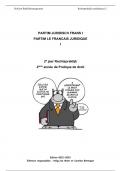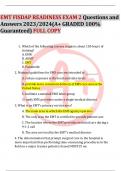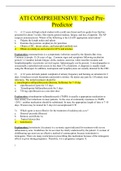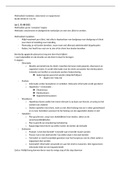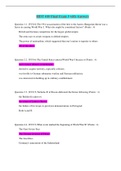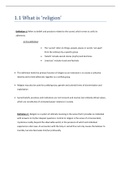Samenvatting
Summary Market Research Project MRP302B Notes
- Vak
- Instelling
This document contains summaries made for the third year subject Market Research Project MRP302B. This contains all content covered throughout the module, lectures and tutorials and will help with the completion of assignments. Please review my notes to support my profile :)
[Meer zien]






